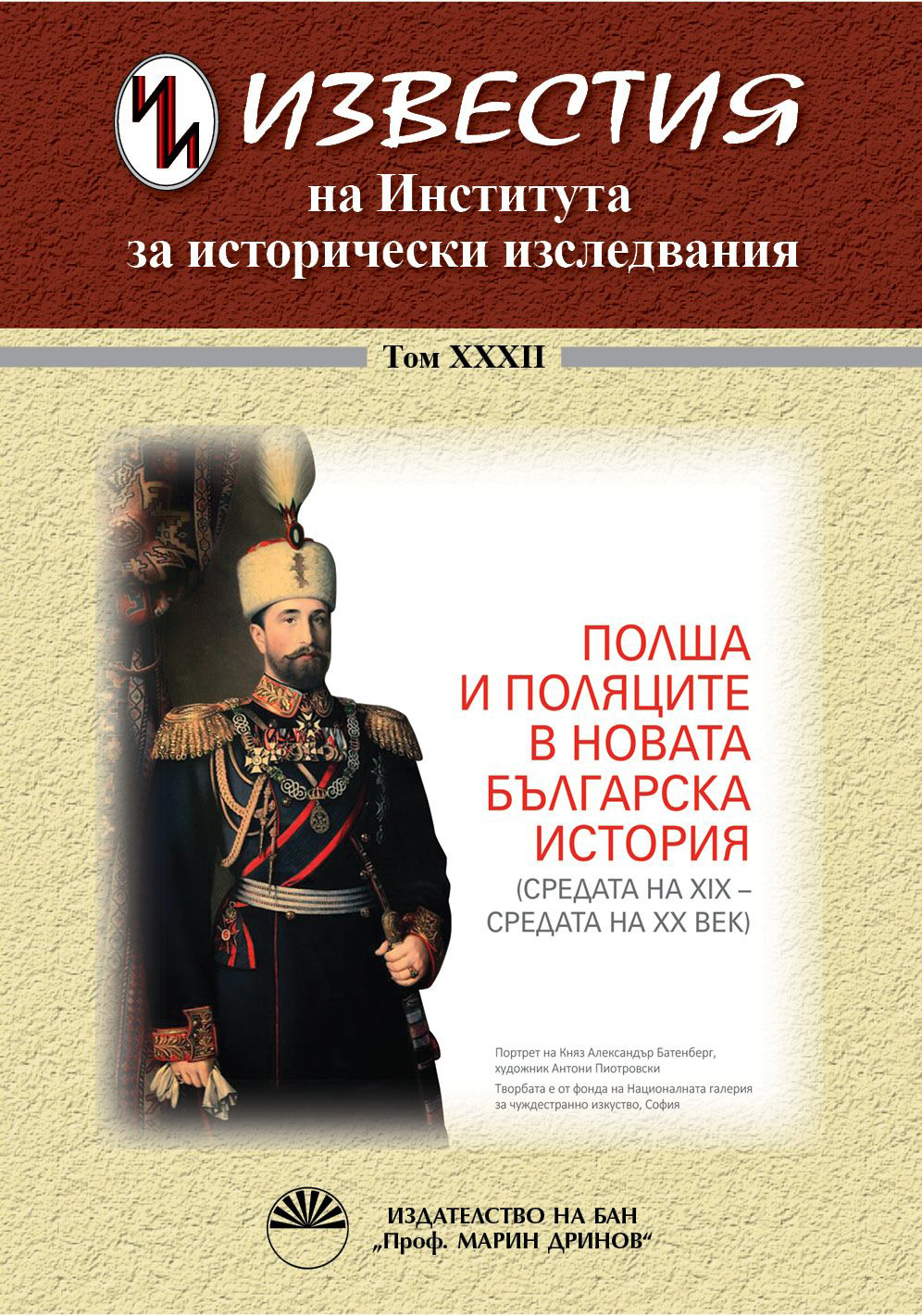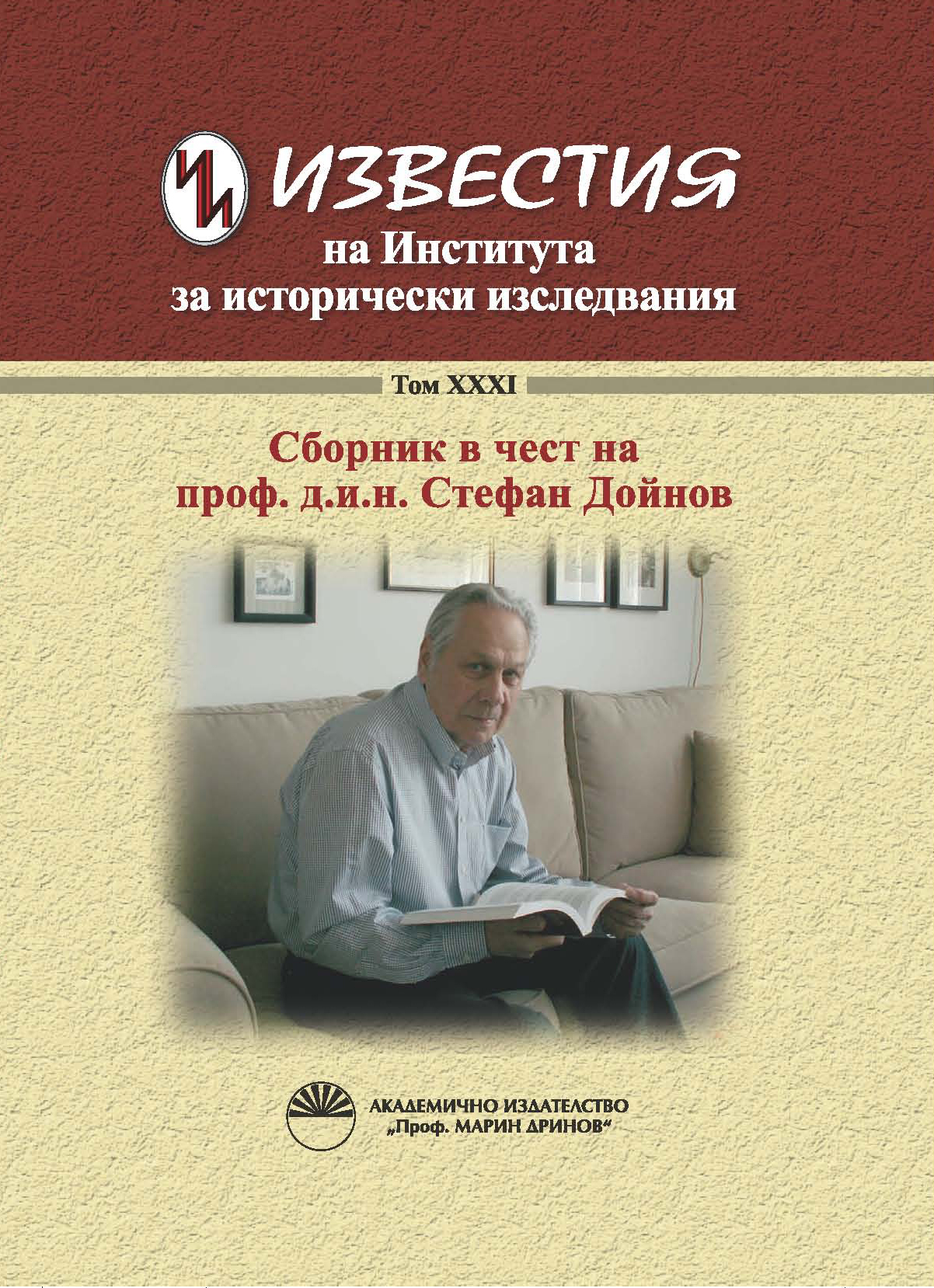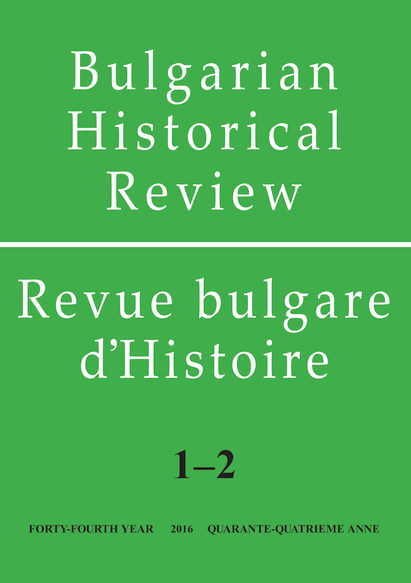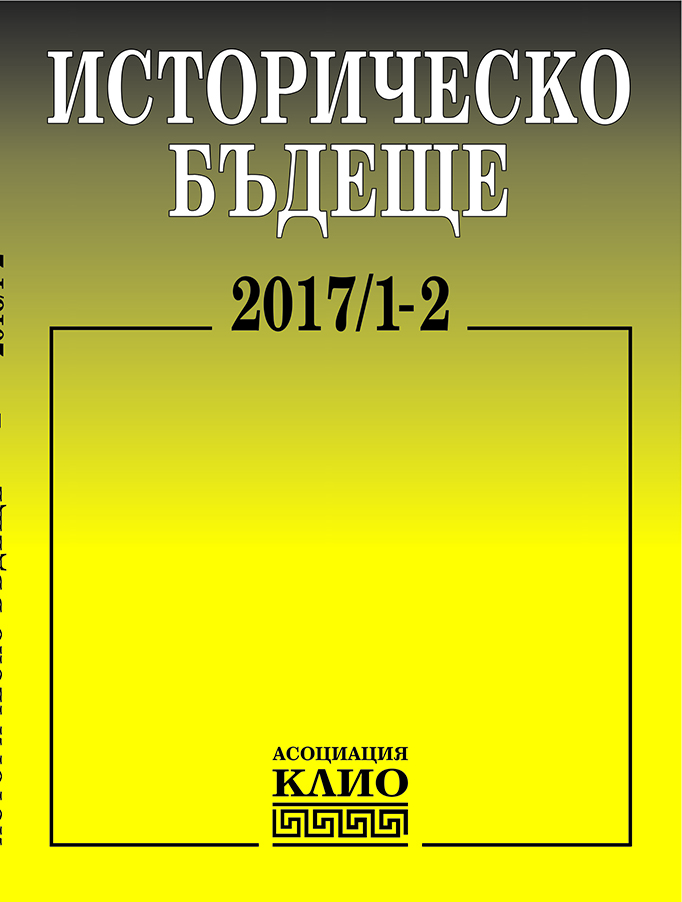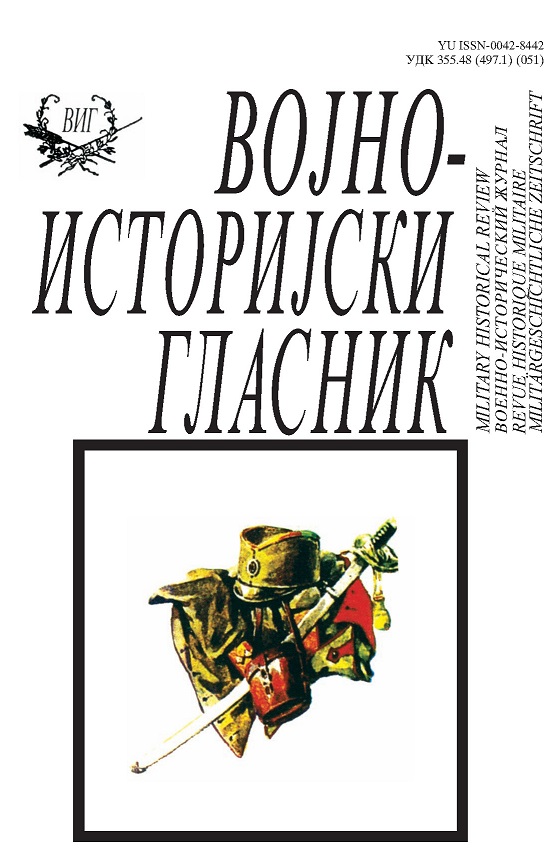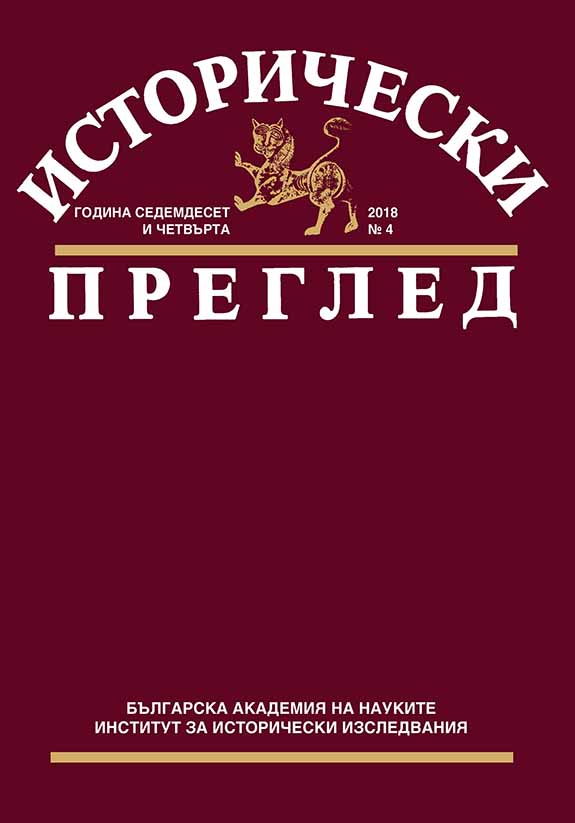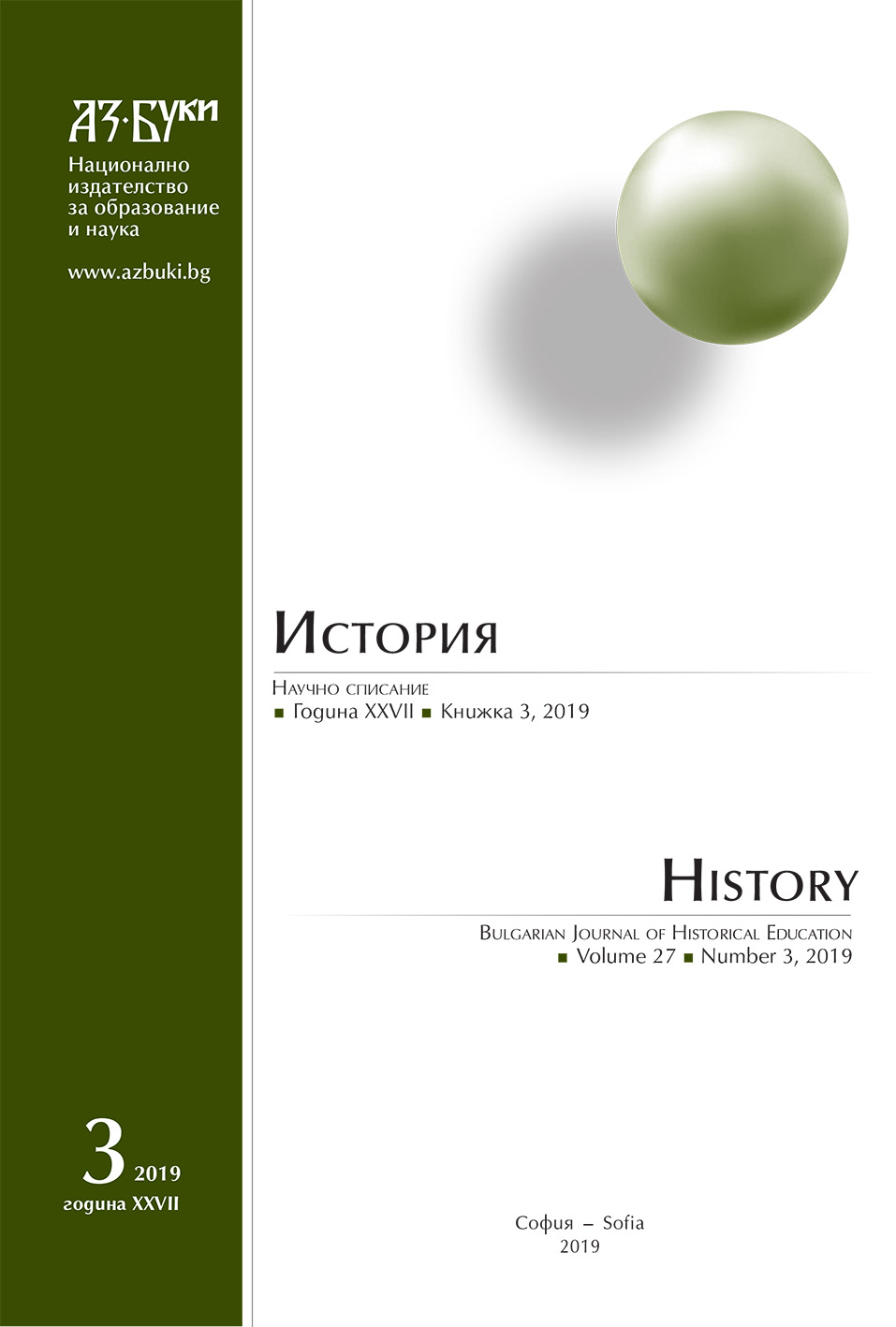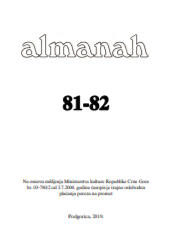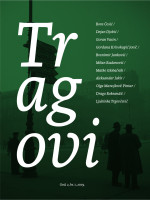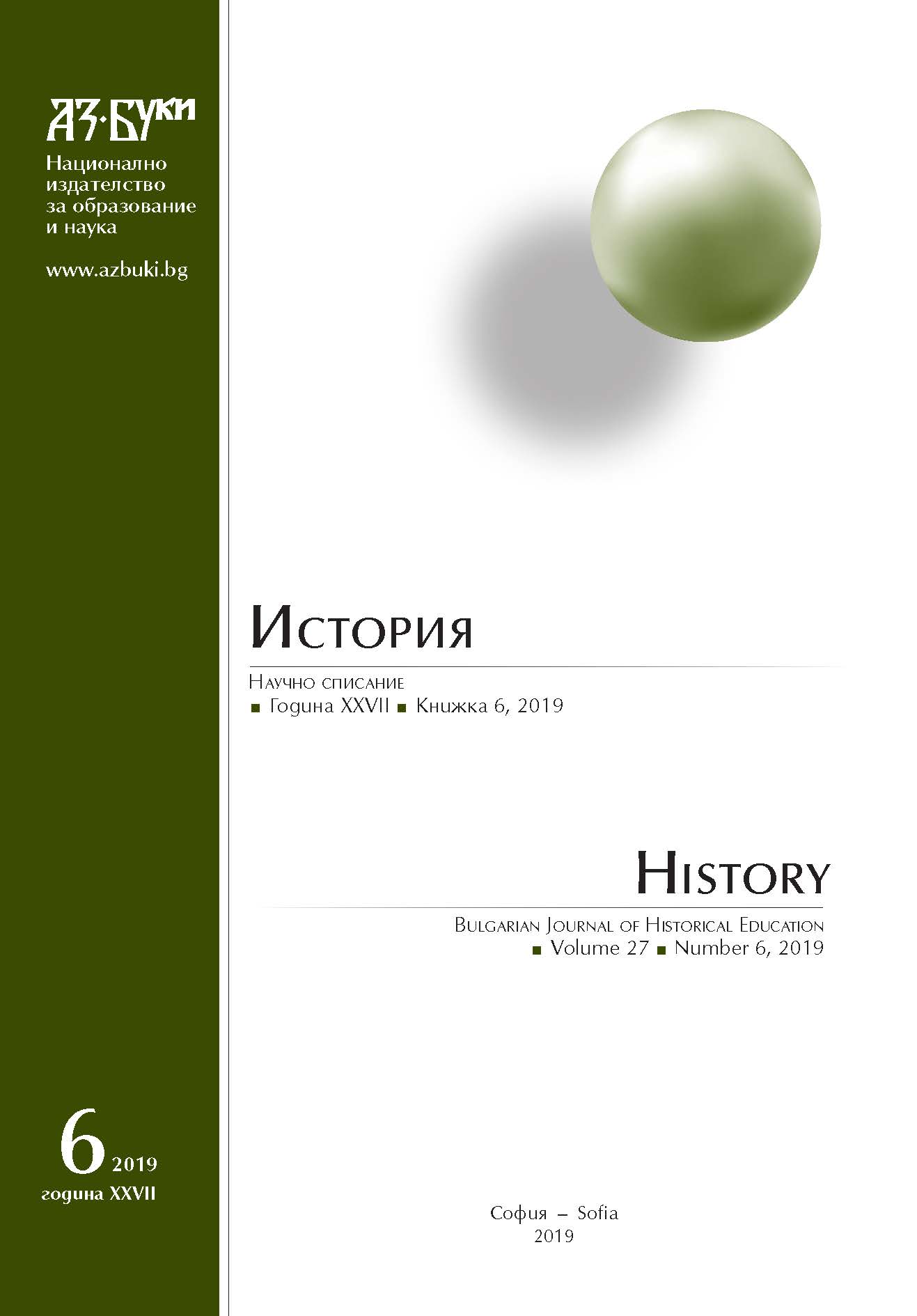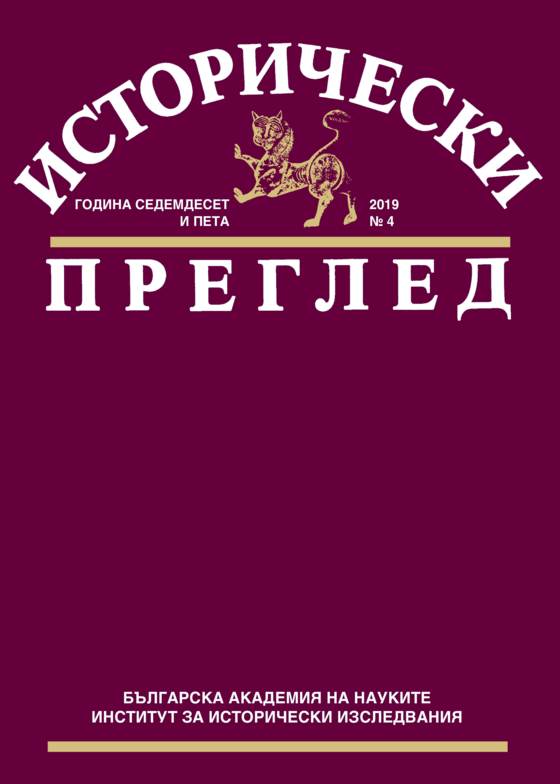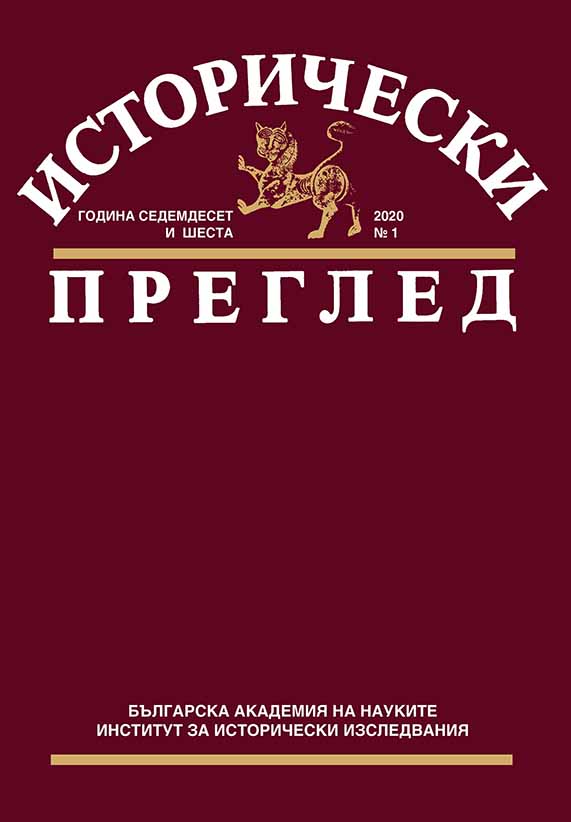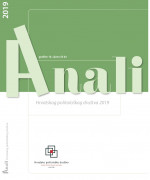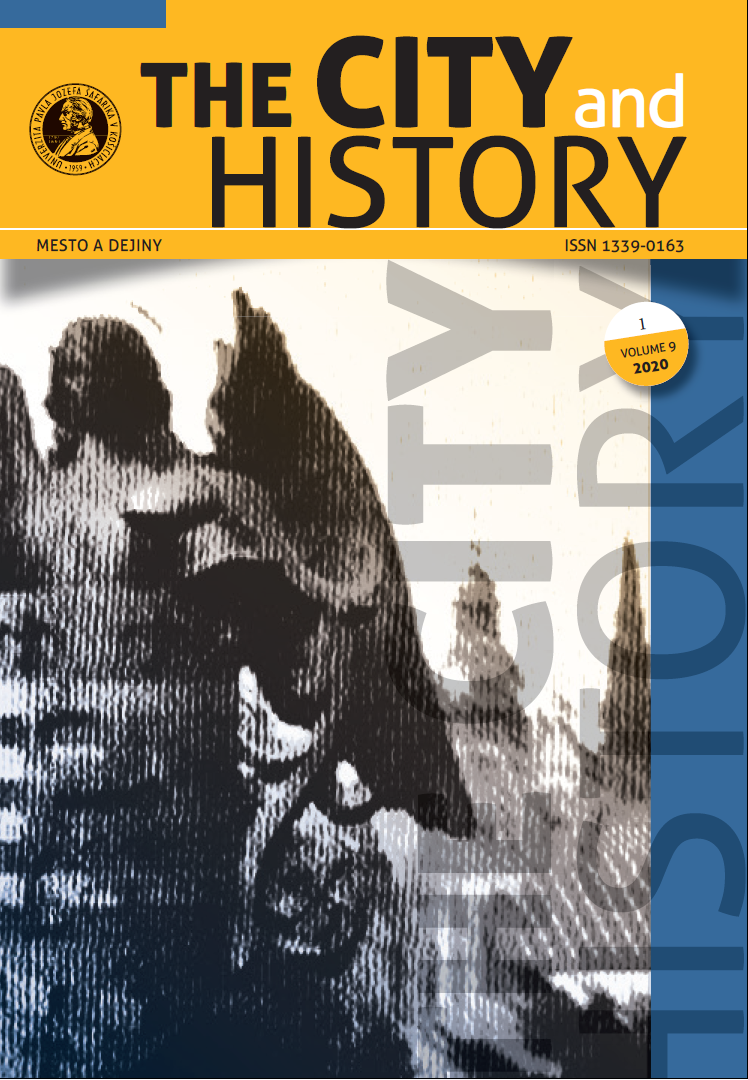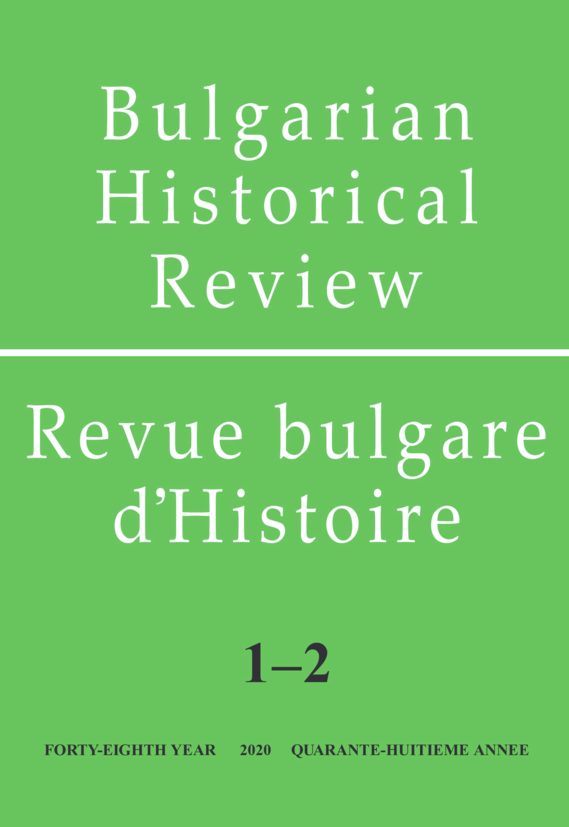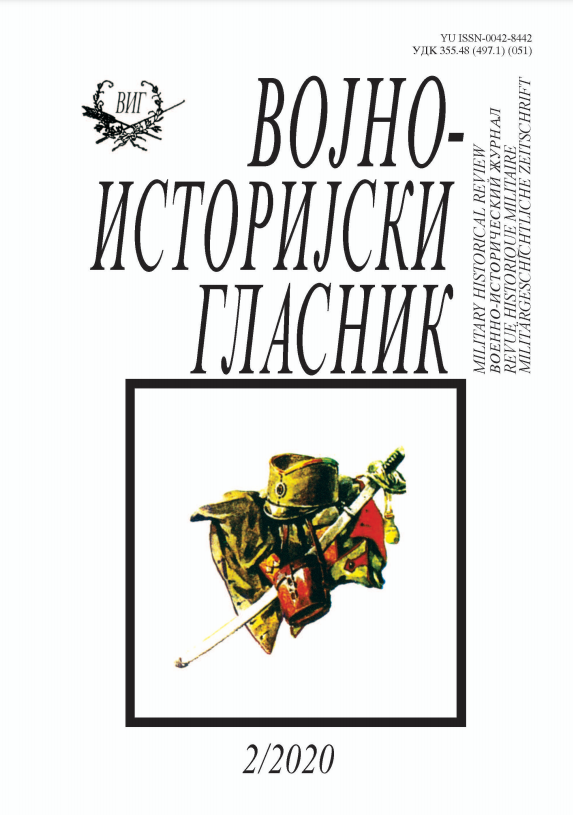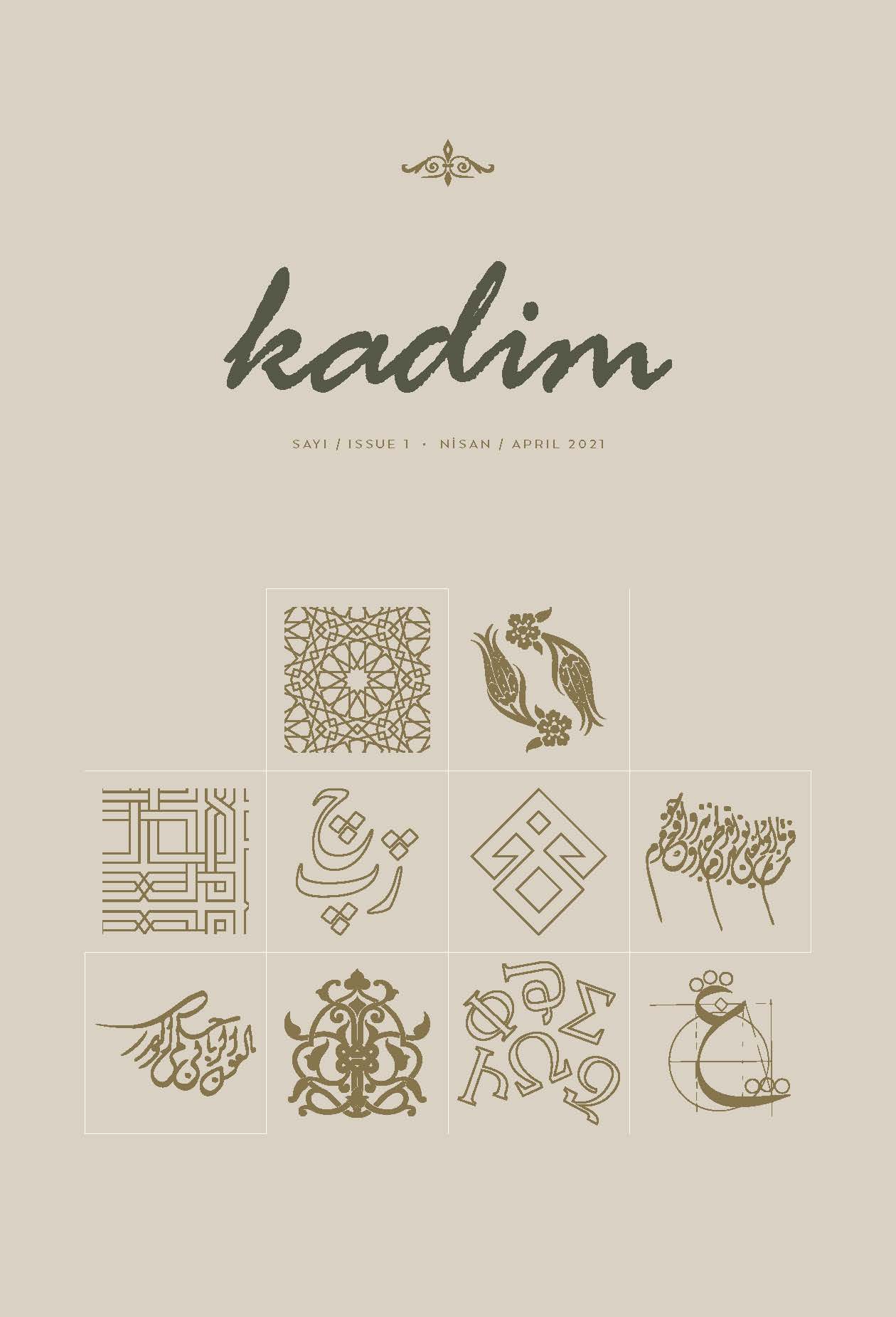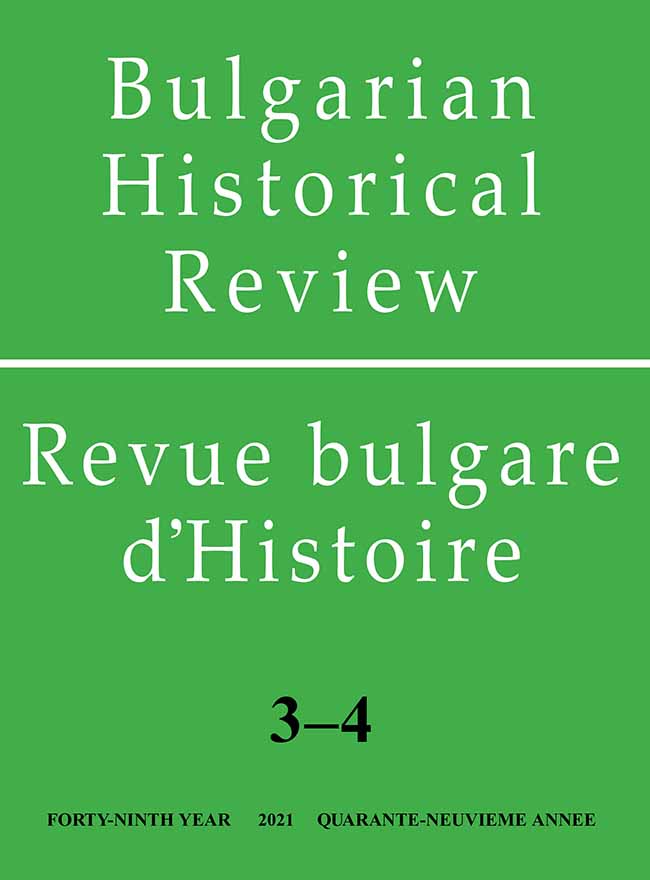Author(s): Goran Gavrić / Language(s): Serbian
Issue: 2/2020
Serbian war photography came to life only during the First Balkan War, with Risto Marjanović, who came to Belgrade from the New York Herald in Paris at the request of Dragutin Dimitrijević Apis and became an official photo reporter at the Supreme Command. The entire photographic opus of Dragiša Stojadinović can be divided into five stylistically and chronologically different units, which, however, cannot be best seen as separate. The first consists of war photographs, primarily those from the First World War, which show military activities and dead bodies; the second consists of individual and group portraits with a large number of soldiers created in the interwar or passive periods of the war; in the third, photographs of prominent civilians appear; the fourth and fifth units, which are stylistically the furthest from the others, are family photographs taken after the war, but also pre-war, war and post-war photographs of which Stojadinović is not the author, in which he is personally depicted in military uniform, with his family or immediately after his arrest in “Glavnjača” and in prison in Sremska Mitrovica. Although each unit can be a photodocument, only by connecting them is a valid photo documentation obtained that fully illuminates Dragiša's entire oeuvre, especially if we take into account the fact that they are thematically different units. The photographs of Ljubiša Valić illustrating the book “Experiences of Sergeant Miladin” (1917) are by no means just an addition to the text. Valić started from a report, more precisely a war photo report, but his photographs show the war Golgotha of Serbian soldiers and civilians during the retreat through Albania in 1915-16. years gained a new quality by connecting with the text. The artist, who is both a photographer and a writer, has a difficult task to achieve the unity of photography and text, and Valić had to adapt his photographs to the book he also wrote, but based on the story of Sergeant Miladin. In this case, the text and the photo did not come from each other, they were created in parallel in the same area. With him, as with Stojadinović, one can see sincere intentions and freedom from any kind of insinuation and pressure from the side. Both of these photographers, as well as the vast majority of Serbian photographers from the First World War, tried to create as realistic a picture as possible, as much as their abilities and knowledge allowed at that time.
More...
